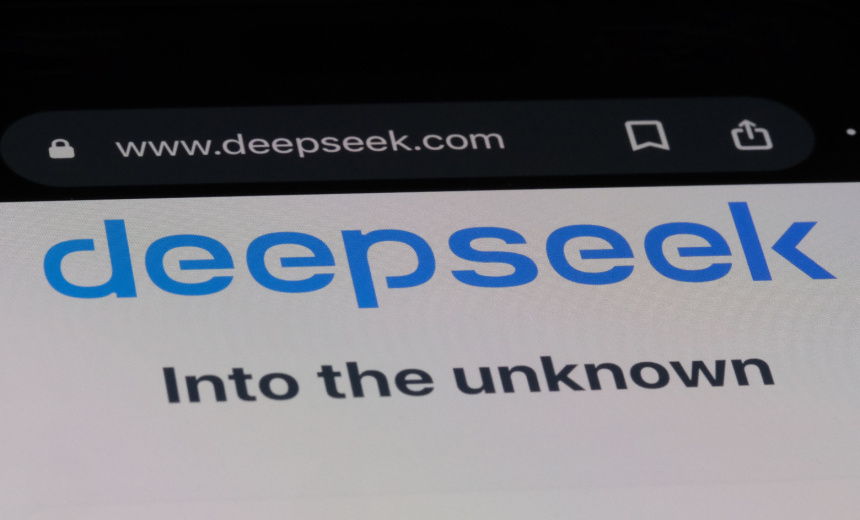
Microsoft and Meta’s AI Investments vs. DeepSeek’s Low-Cost Disruption
The artificial intelligence (AI) industry is witnessing a major shift as tech giants like Microsoft and Meta continue to pour billions into AI infrastructure, while Chinese startup DeepSeek disrupts the market with its low-cost models. This contrast in spending raises critical questions about the future of AI development, market competition, and investment strategies.
Key Highlights
- Microsoft and Meta defend high AI infrastructure spending despite DeepSeek’s cost-efficient approach.
- DeepSeek claims its AI models rival Western competitors at a fraction of the cost.
- Investors are increasingly concerned about the return on AI-related expenditures.
- AI efficiency and accessibility are driving a global race for dominance.
- Future AI strategies may need to balance cost-effectiveness with infrastructure scalability.

The Spending Divide: Microsoft and Meta vs. DeepSeek
Microsoft and Meta have committed massive capital investments into AI, with Microsoft allocating $80 billion and Meta up to $65 billion for AI development. In stark contrast, DeepSeek has reportedly developed a competitive AI model with just $6 million in computing power expenditures. While U.S. executives argue that heavy infrastructure investments are necessary for scalability and reliability, DeepSeek’s rapid advancements challenge the notion that AI success depends solely on financial resources.
Economic and Business Implications
- Investor Reactions and Market Confidence: While companies like Microsoft and Meta advocate for long-term AI dominance through capital expenditure, shareholders are increasingly demanding clear monetization strategies for these investments.
- Competitive AI Innovation: DeepSeek’s breakthrough highlights the potential for startups to disrupt entrenched players by focusing on efficiency rather than sheer computational power.
- Scalability vs. Cost-Efficiency: Tech giants must now reassess whether their high-cost AI development strategies provide a significant long-term advantage over more cost-effective models.
- Global AI Leadership Shifts: The ability of low-cost models to compete with expensive, infrastructure-heavy solutions may redefine global AI leadership, particularly in emerging markets.
Challenges and Risks
- Regulatory Scrutiny: Increasing government oversight on AI spending and data usage may affect investment decisions.
- Market Volatility: If DeepSeek continues to demonstrate high-performance AI at minimal cost, it may create uncertainty in the AI investment landscape.
- Pressure on Profitability: With enormous capital expenditures, Microsoft and Meta must find effective ways to monetize AI capabilities to satisfy investors.
- Intellectual Property and Security Concerns: The rapid rise of efficient AI models may increase risks of unauthorized AI replication and data security issues.

Future Outlook
- More Cost-Efficient AI Models: Companies may seek to optimize AI efficiency rather than relying solely on expensive infrastructure.
- Strategic AI Partnerships: Tech firms could collaborate with emerging AI startups to integrate cost-effective solutions into their ecosystems.
- New AI Monetization Models: Subscription-based AI services and enterprise solutions could emerge as key revenue streams for tech giants.
- Government and Industry Regulations: Policies surrounding AI spending, data management, and fair competition may evolve to address market imbalances.
Conclusion
The contrasting approaches of Microsoft, Meta, and DeepSeek signal a turning point in AI development strategies. While large-scale investments promise long-term AI leadership, DeepSeek’s low-cost disruption challenges conventional thinking. The AI sector must strike a balance between financial sustainability, innovation, and scalability to remain competitive in this evolving landscape.
What are your thoughts on the future of AI investment? Share your insights in the comments!